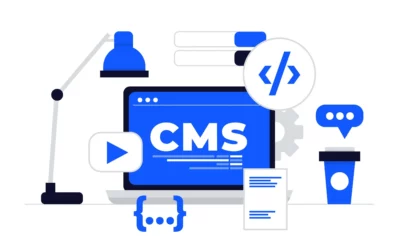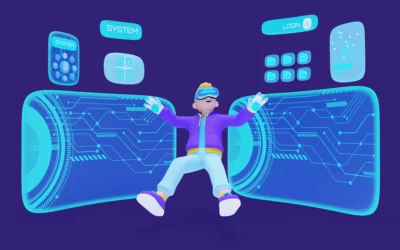Introduction
Continuous Integration/Continuous Deployment (CI/CD) is a set of practices that aim to automate the process of integrating code changes, testing them, and deploying them to production rapidly and efficiently. Testing is a critical component of the CI/CD pipeline, ensuring that code changes are of high quality and do not introduce new bugs or issues. Here’s an overview of how CI/CD and testing work together:
Code Integration:
-
-
- Developers regularly commit code changes to a version control system (e.g., Git).
- CI tools (e.g., Jenkins, Travis CI, GitLab CI) monitor the repository for changes.
- The CI tool triggers a build process to integrate the new code changes upon a new commit.
Automated Builds:
-
-
- The CI tool automatically builds the application using the latest code.
- This ensures that the code can be successfully compiled and there are no build errors.
-
Automated Testing:
-
-
- Various types of automated tests are run during the CI process, including unit tests, integration tests, and functional tests.
- Unit tests check individual components or functions in isolation.
- Integration tests verify how different components interact with each other.
- Functional tests ensure that the application behaves as expected from an end-user perspective.
-
Code Quality Analysis:
-
-
- Tools like static code analyzers or linkers may be used to analyze the code for adherence to coding standards and identify potential issues.
-
Artifact Generation:
-
-
- Successful builds result in artifacts (e.g., compiled binaries, Docker images) that are ready for deployment.
-
Deployment to Staging:
-
-
- The CI tool may deploy the artifacts to a staging environment that resembles the production environment.
-
Automated Deployment:
-
-
- If all tests pass in the staging environment, the CI/CD pipeline can automatically deploy the changes to the production environment.
-
Continuous Monitoring:
-
-
- Once in production, continuous monitoring tools track the application’s performance, alerting the team if any issues arise.
-
Rollback Mechanism:
-
- In case of issues in production, CI/CD pipelines often include rollback mechanisms to revert to the previous stable version quickly.
By incorporating automated testing into the CI/CD pipeline, teams can catch and fix issues early in the development process, reducing the risk of bugs reaching production. Automated testing also helps ensure that code changes do not negatively impact existing functionality, making it easier to maintain a stable and reliable software system.
-





